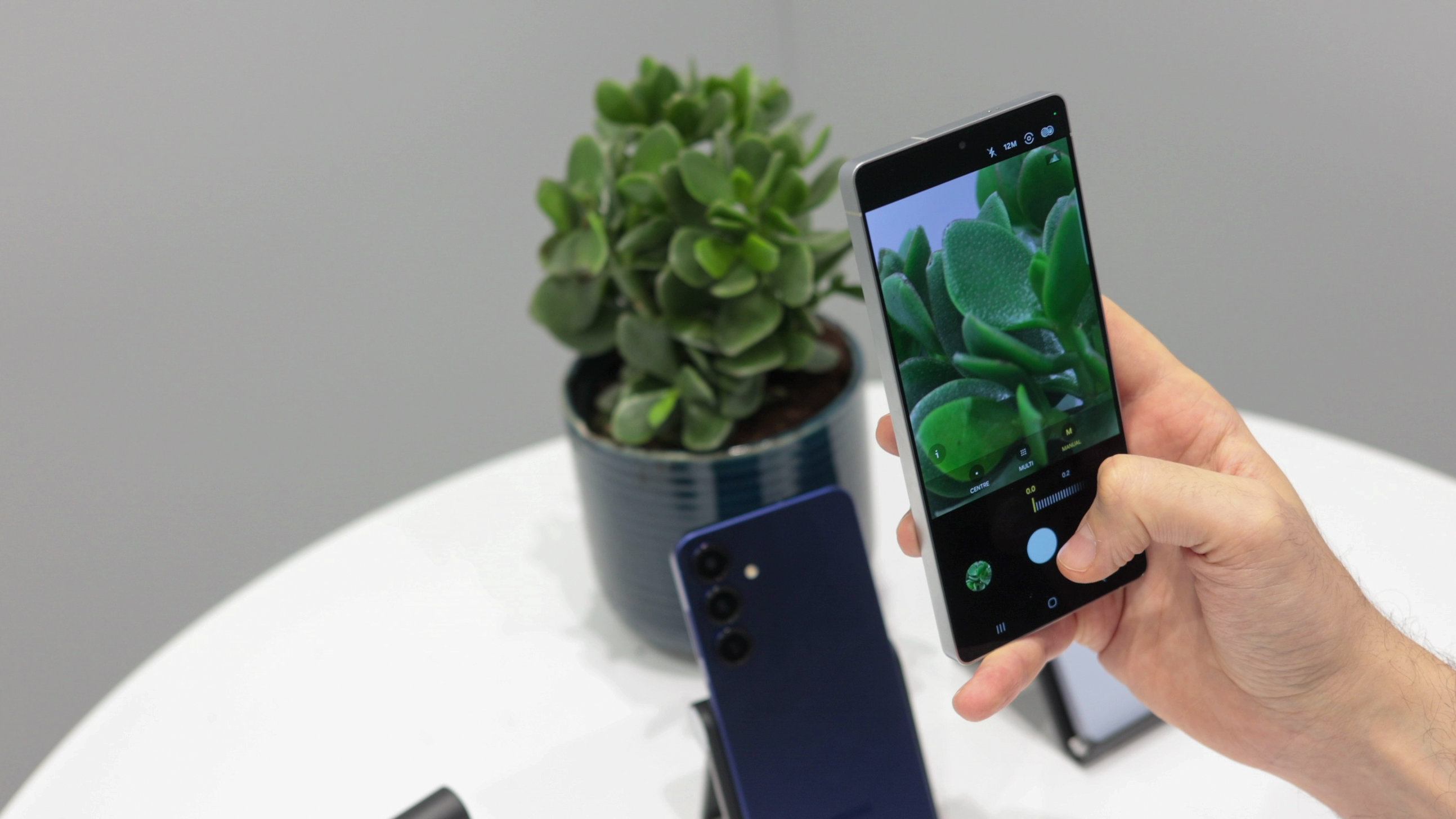
Samsung has launched its latest flagship smartphone family – the Galaxy S25 series, comprising the Galaxy S25, S25 Plus and S25 Ultra. There are some very welcome changes this year, most notably the move to a Qualcomm chip for all three devices – not just the Ultra – and the designs have seen a refresh too, though, on first impression, camera hardware updates are thin on the ground.
Last year's Galaxy S24 Ultra is still a great phone, and while the smaller S24 and S24 Plus had relatively modest cameras, the Ultra was specced out with its quad-camera system, which included a 50MP 5x periscope camera. While I don’t typically love Samsung’s photo processing in auto mode, manual shooting, and Samsung’s Camera RAW app saved the day with more extensive pro features than most flagships offer, and Samsung also leaned into AI for its imaging highlights.
For 2025, the Galaxy S25 Ultra’s ultra-wide camera has been upgraded to a 50MP camera (up from 12MP), while all the phones enjoy 10-bit HDR video, Audio Eraser which removes different types of background noise, Galaxy LOG for video that’s ready to grade in software like DaVinci Resolve, and Nightography Video.
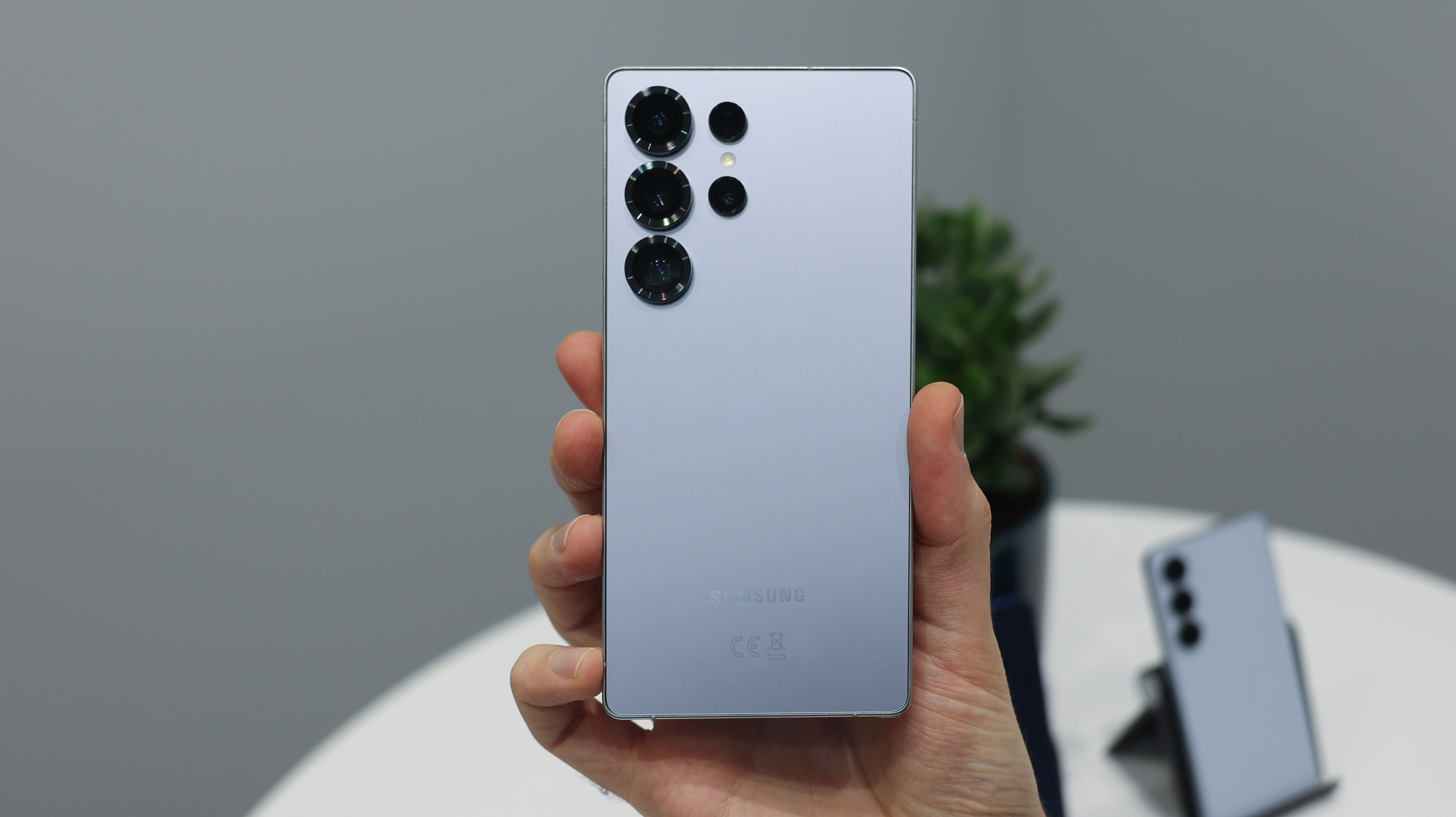
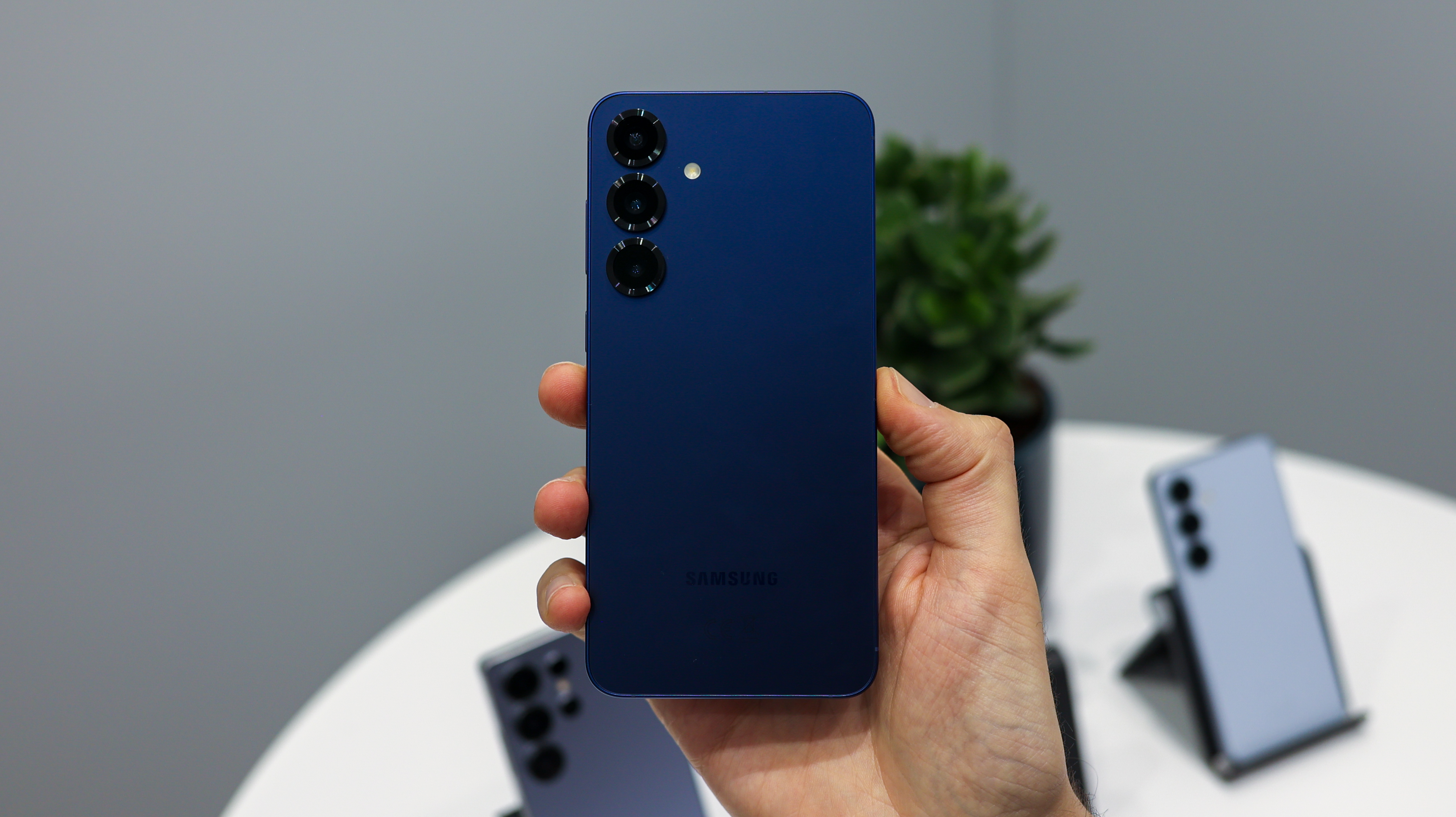
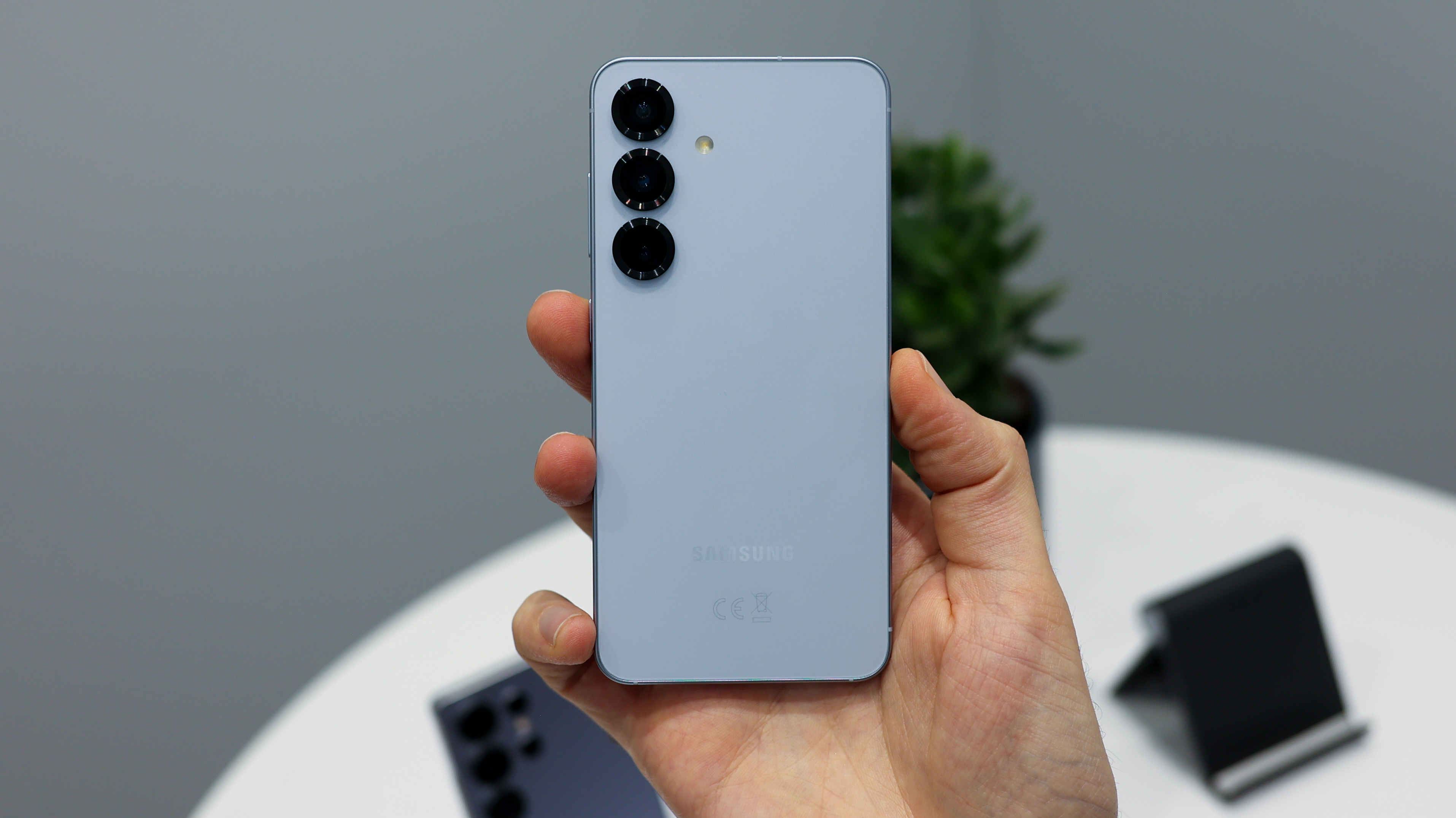
Samsung Galaxy S25 series price
Being Samsung’s flagship smartphone series, the Galaxy S25 family isn't cheap – though the S25’s starting price isn’t as eye-watering as most flagships.
Starting with 128GB storage, the S25 costs $799 / £799, while the 256GB version costs $859 / £859 and the 512GB version costs £979. 128GB won’t be enough for avid photographers and anyone who captures a lot of 4K video, so there’s a good chance the 256GB option is the starting capacity for many Samsung fans.
The Galaxy S25 Plus starts with 256GB storage and costs $999 / £999, while the 512GB option costs $1119 / £1,099, and the Ultra adds a 1TB option to the mix. This is where prices do get sufficiently eye-watering – for the 256GB S25 Ultra Samsung charges $1,299 / £1,249, while the 512GB version is bumped up at $1,419 / £1,349, and finally, the 1TB model is $1,659 / £1,549.
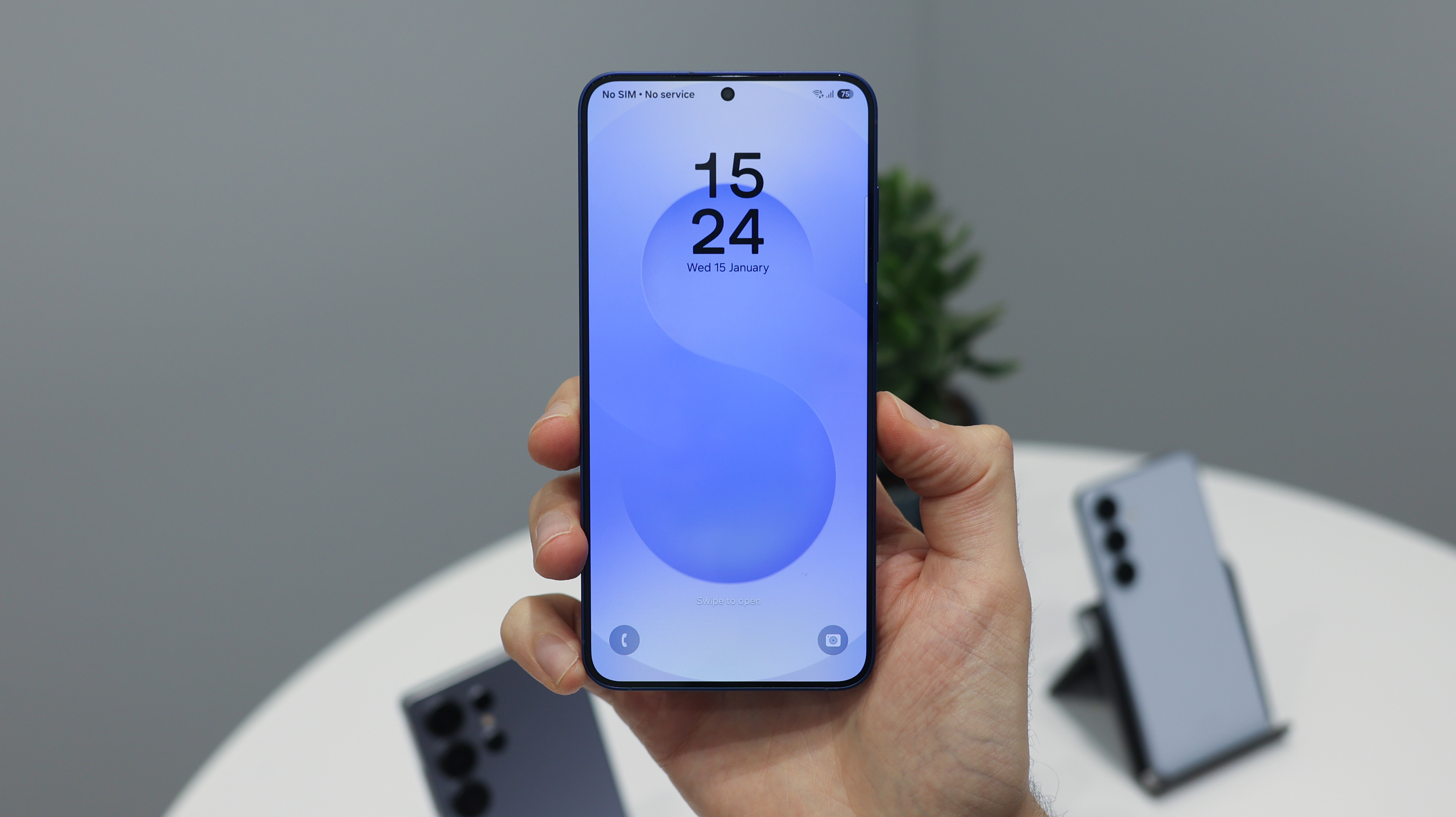

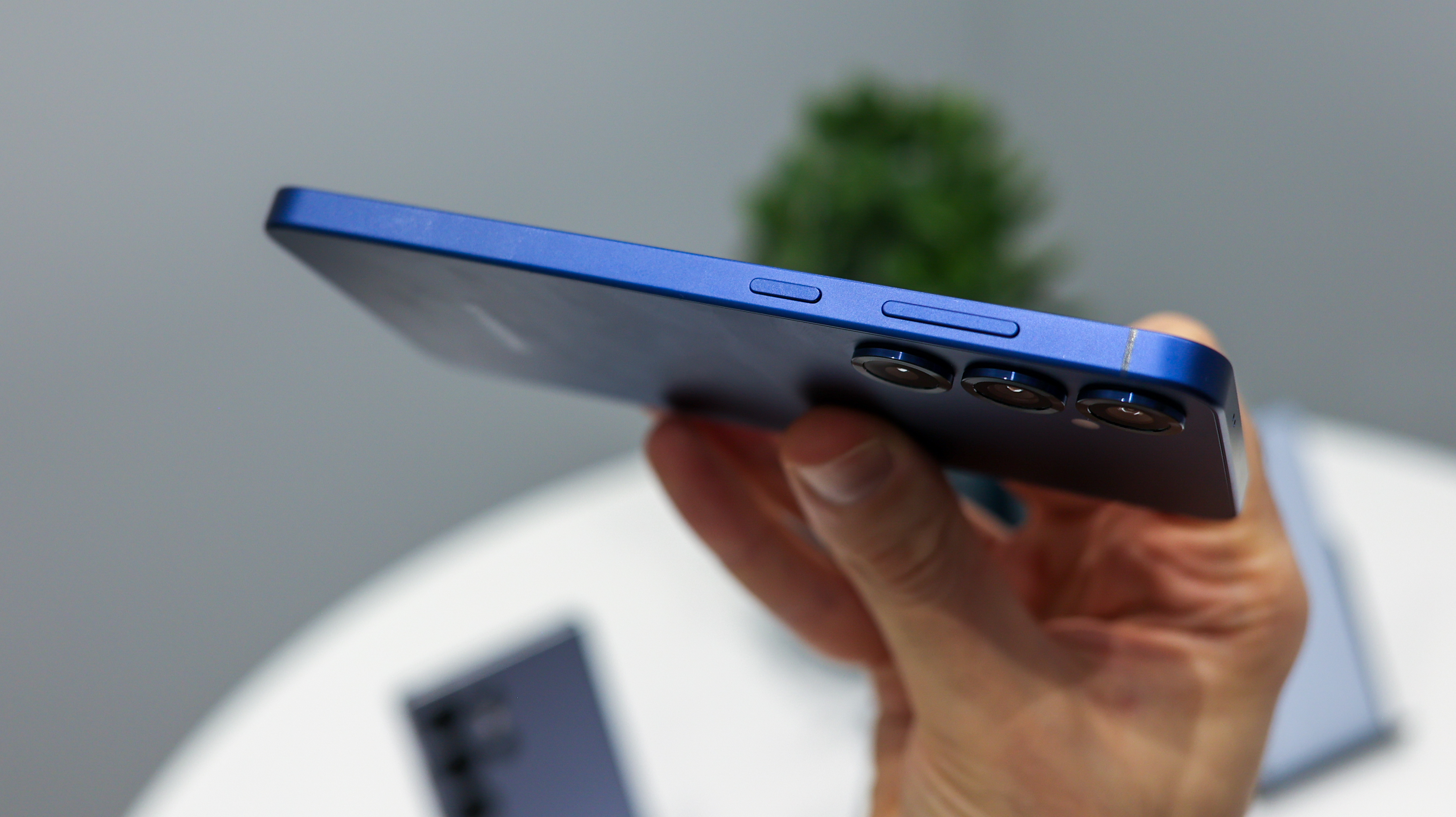
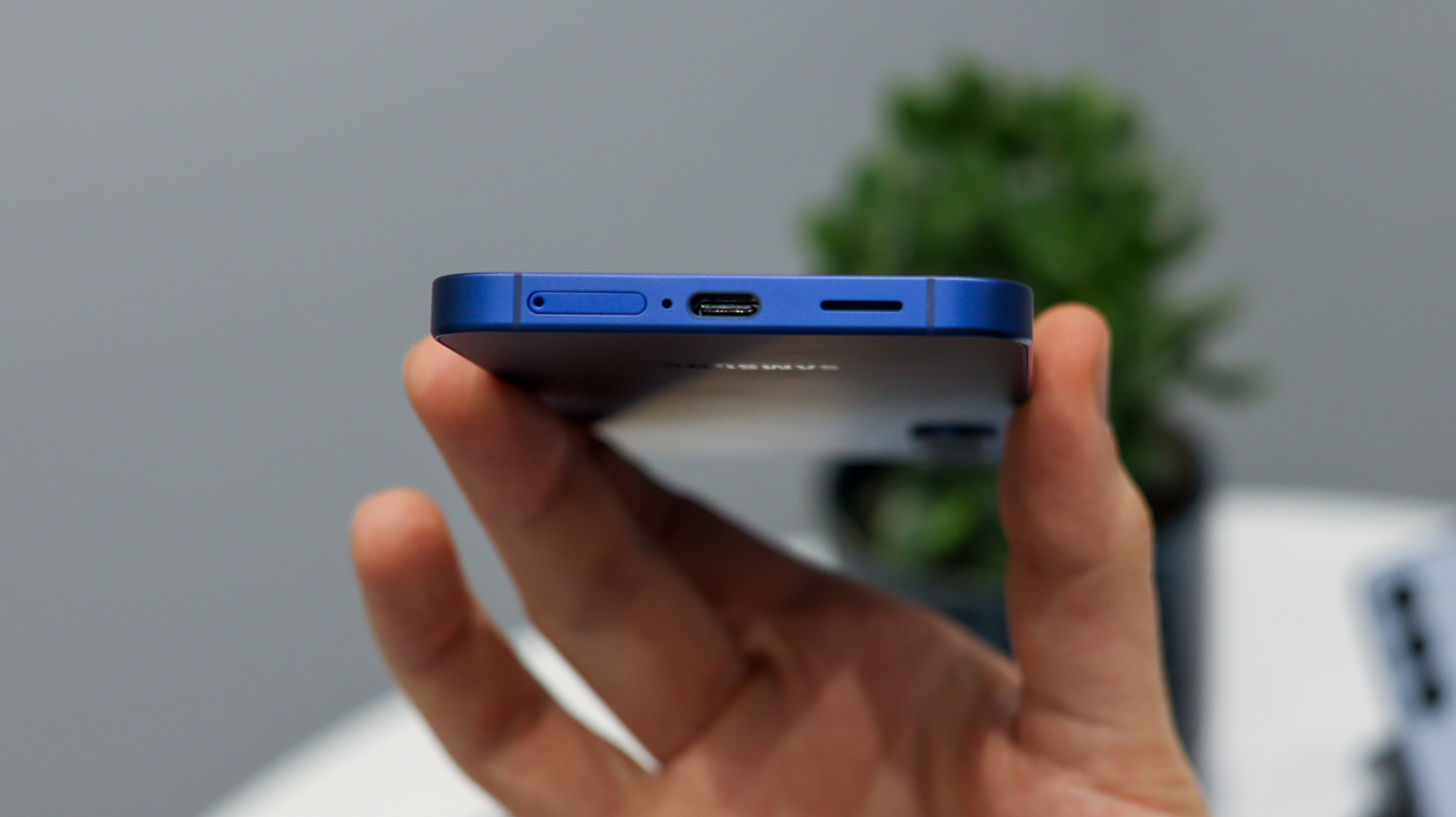
Galaxy S25 series AI
Samsung hit hard with AI last year, and it’s doing much the same for the S25 series. The focus seems to be on making the phone act more like a personal assistant, imbuing it with human-like intelligence.
The Now Brief, for example, presents you with a morning, midday, and evening brief, or a specific event brief if you’re catching a flight, for example. Ensuring key information is where you need it – boarding passes, traffic updates, etc. – we weren’t able to see anything more meaningful than the weather, but check back in a week for our full review and we can relay what it’s actually like to live with.
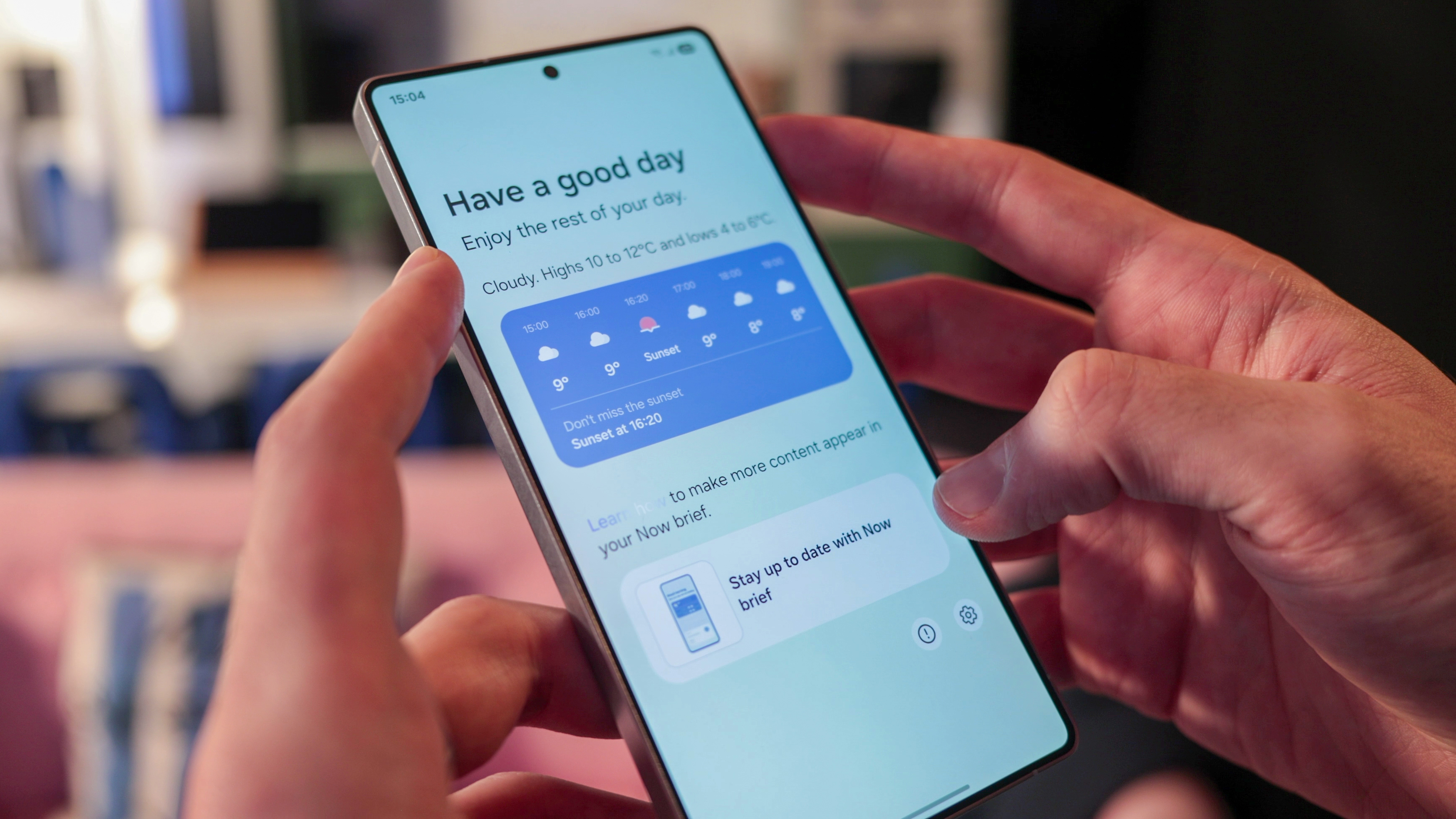
Samsung’s also added a Now Bar, which appears on the lock screen. This pops up at the bottom of the display and doesn’t look dissimilar to an Apple Dynamic Island – it’s a pill-shaped UI element with information displayed – but it disappears once your phone’s unlocked. This contains information like sports scores, what song’s playing and turn-based navigation, none of which is groundbreaking, but the context awareness looks set to make it more useful than innovative.
Given these are both OneUI 7 features, we anticipate they’ll also be launching on a selection of older Galaxy devices.
While explaining the logic behind these features, Samsung made it clear that the Personal Data Engine is the key point of differentiation here. The phone gets to know when a new episode of your favorite podcast will drop, what your favourite sports teams are, and even work with Samsung wearables to turn off the TV if it detects you’ve fallen asleep.

We’re not quite done with the new AI features: Samsung’s upgraded the Smart Select tool in the sidebar, and in a very 2024/25 turn for the books, named it AI Select. While Smart Select crops a portion of the screen and lets you make a gif or simply screengrab the crop, AI Select uses Galaxy AI to decide what to do, giving you suggestions so you don’t need to think. Cropping a YouTube video frame? It will suggest making a gif; copying a block of text? AI Select will suggest using OCR and copying the text, maybe even translating it.
The final AI highlight comes from Google, and we don’t anticipate it will be a Samsung exclusive for long. After all, Samsung introduced Circle to Search on the Galaxy S24 series and it is on every major Android release now. So this year’s new addition, Gemini, with support for natural language, could well be making it to a non-Samsung phone in the coming months.
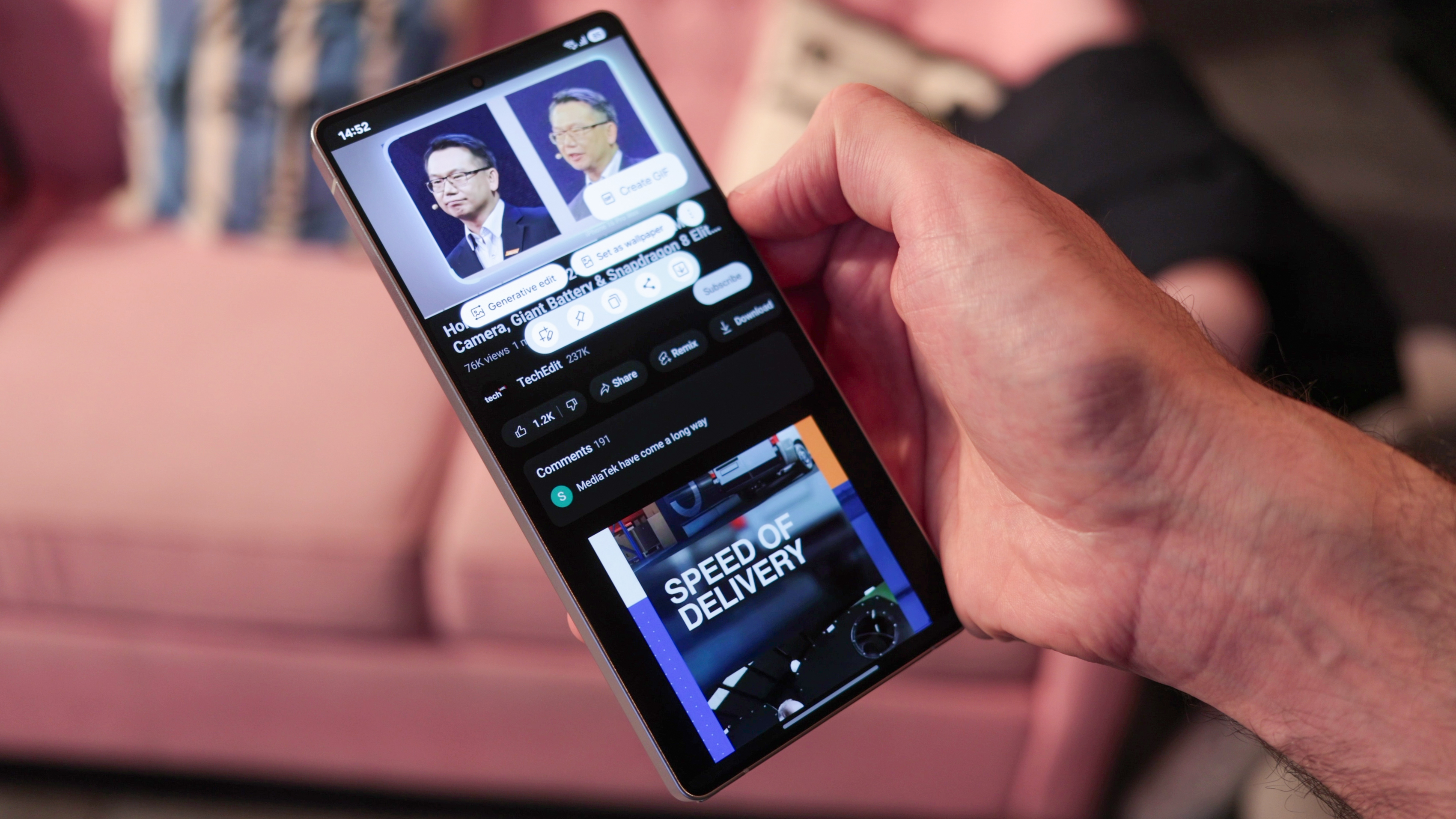
The feature gives Galaxy S25, S25 Plus and S25 Ultra owners the option to talk to Gemini with extra personal context. So, you can ask Gemini to pull up your pictures from last year’s trip to Italy, talk to the search tool in the settings, asking it to make your on-screen text bigger when giving your phone to someone who’s visually impaired, and you can also add multiple layers to a request. The example Samsung’s clued-up product manager, Kadesh Beckford, gave was “find me a pet-friendly vegan restaurant and share it with Jade”.
We tried this with Apple Intelligence, and it found the restaurant, but couldn’t share it. We then tried it in Google Gemini on a midrange Poco X6 Pro, and it did the job (we were both surprised and impressed), though we did need to activate Google Gemini Apps history, which means Google uses our Gemini data to train models. It also means a human can review the data, which we weren’t comfortable with, so it remains to be seen if Samsung’s take on these Gemini smarts will require this level of data sharing.
Galaxy S25 series cameras and specs
The Galaxy S25 and S25 Plus both share the same camera system, a triple rear camera and a selfie camera. Around the back, both feature a primary 50MP wide camera with an f/1.8 aperture and OIS, a 10MP 3x telephoto camera with an f/2.4 aperture, and a 12MP ultra-wide camera with an f/2.2 aperture. The selfie cameras are 12MP with f/2.2 lenses.
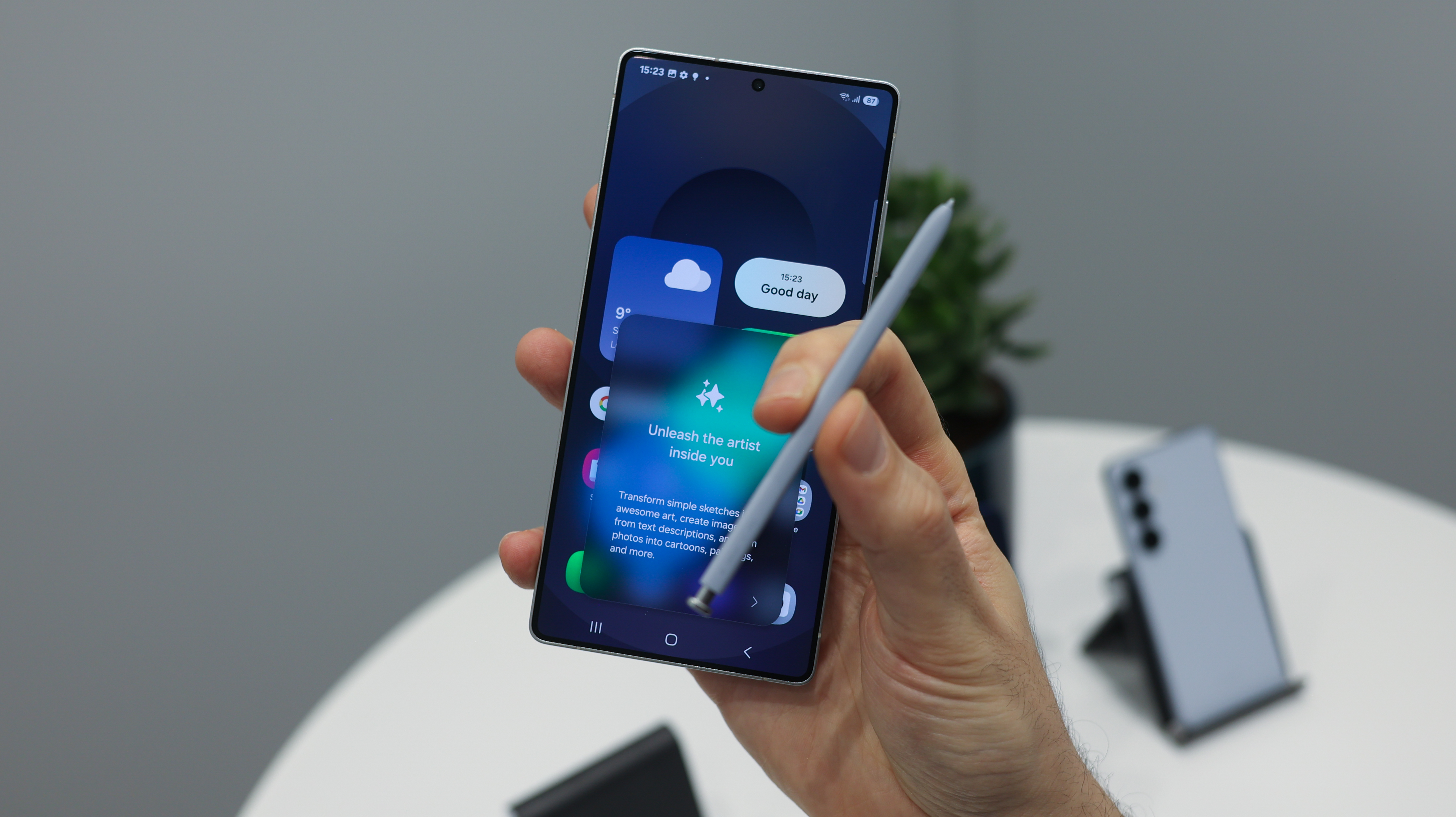
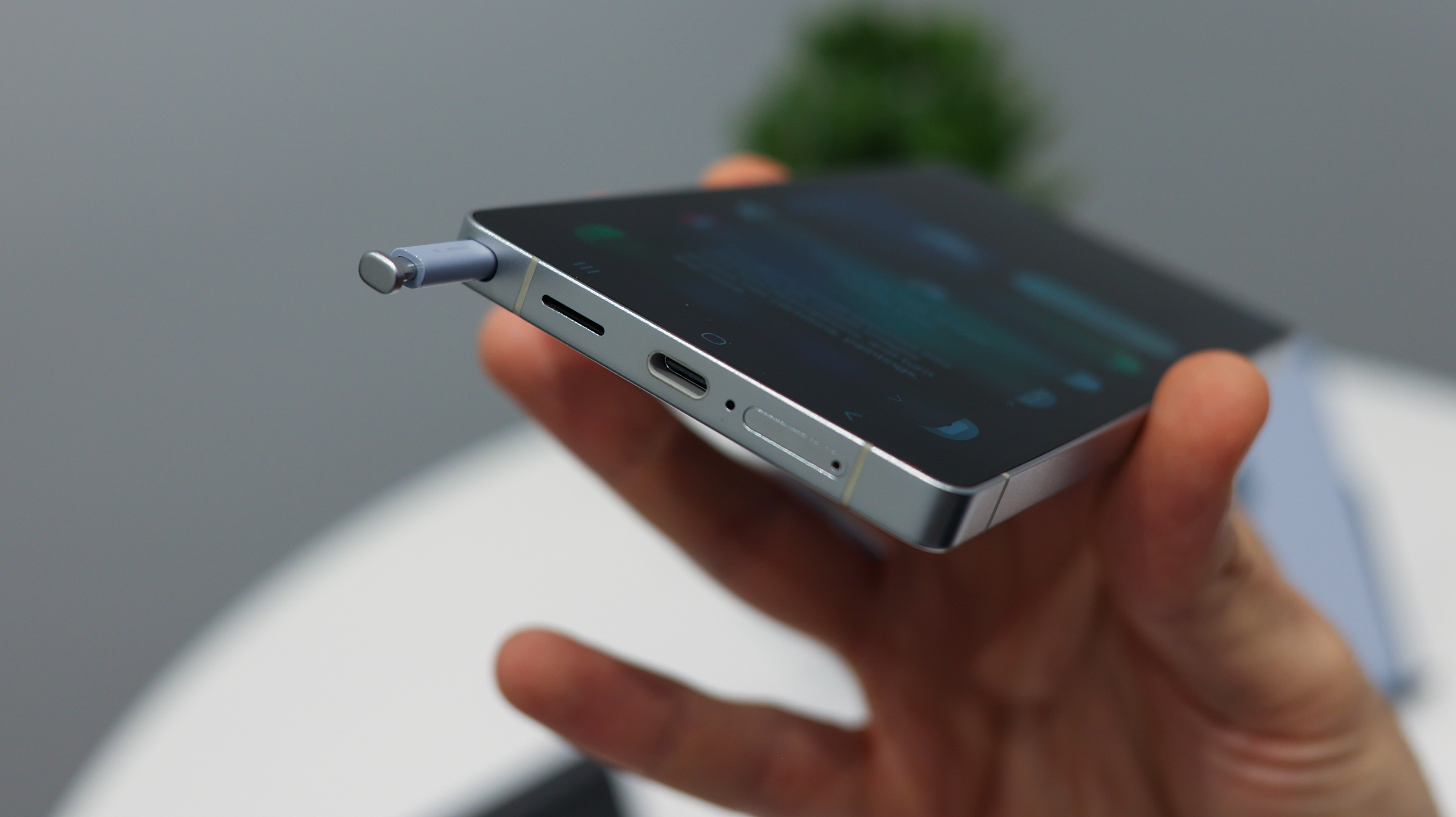
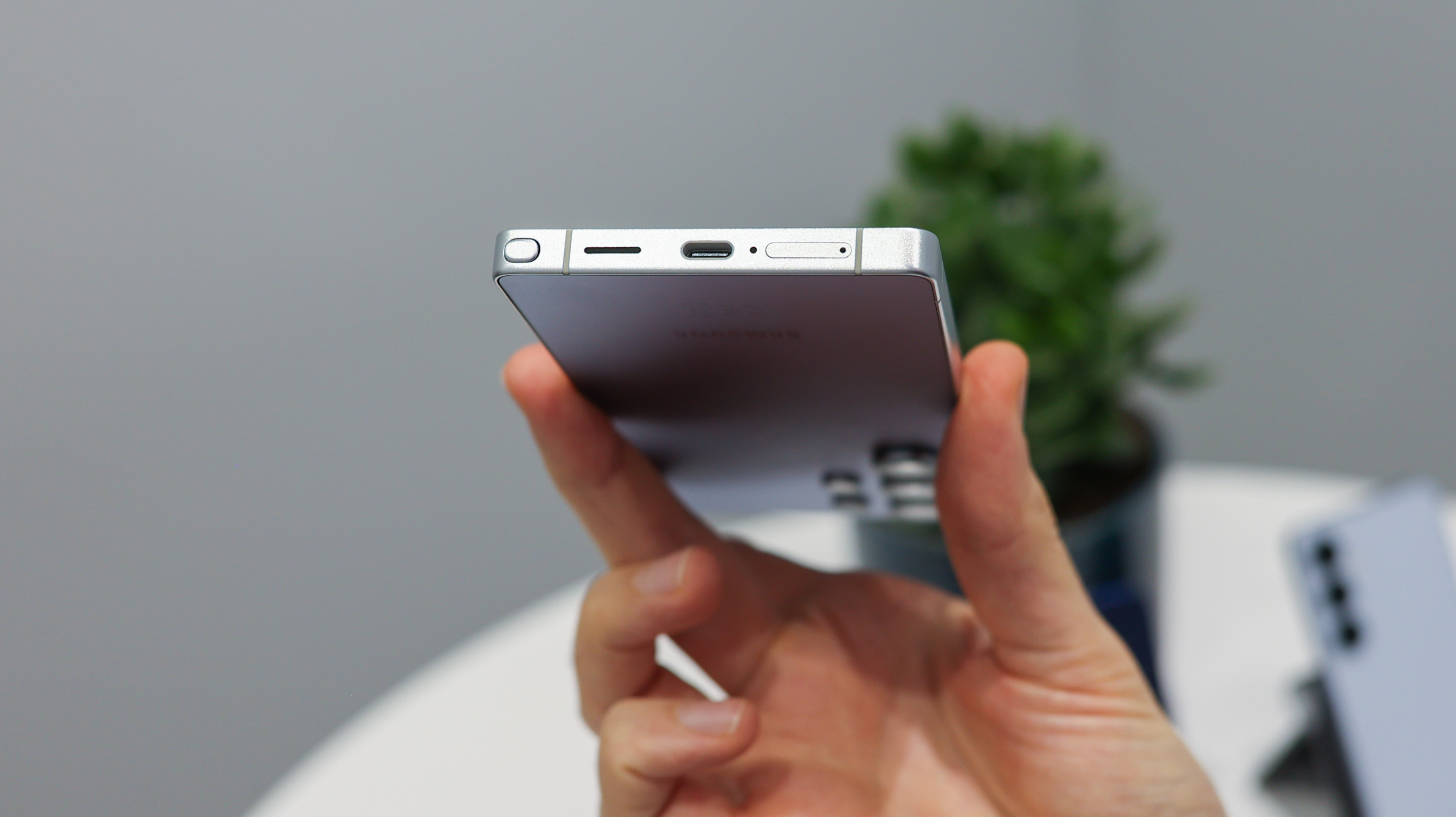
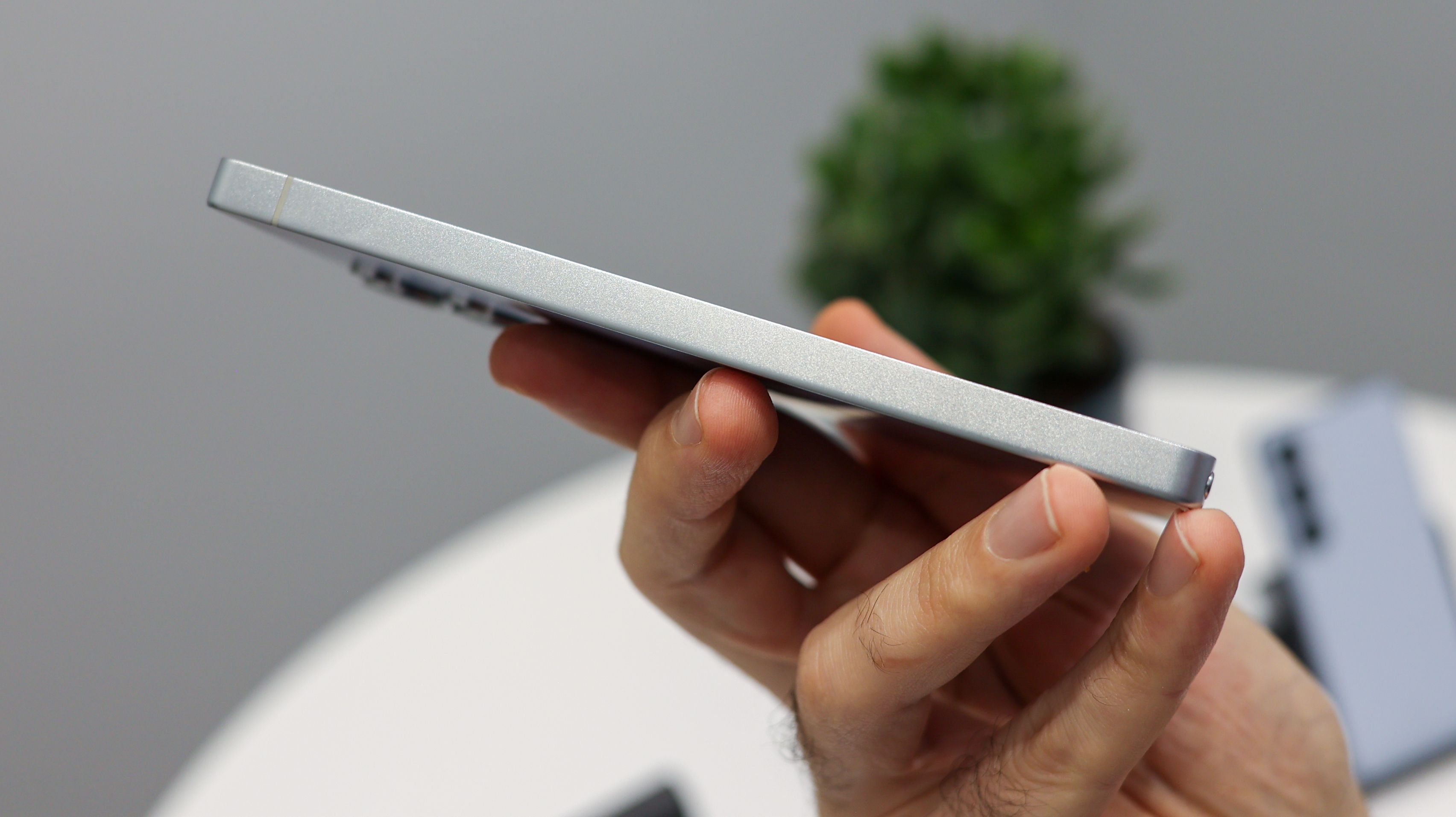
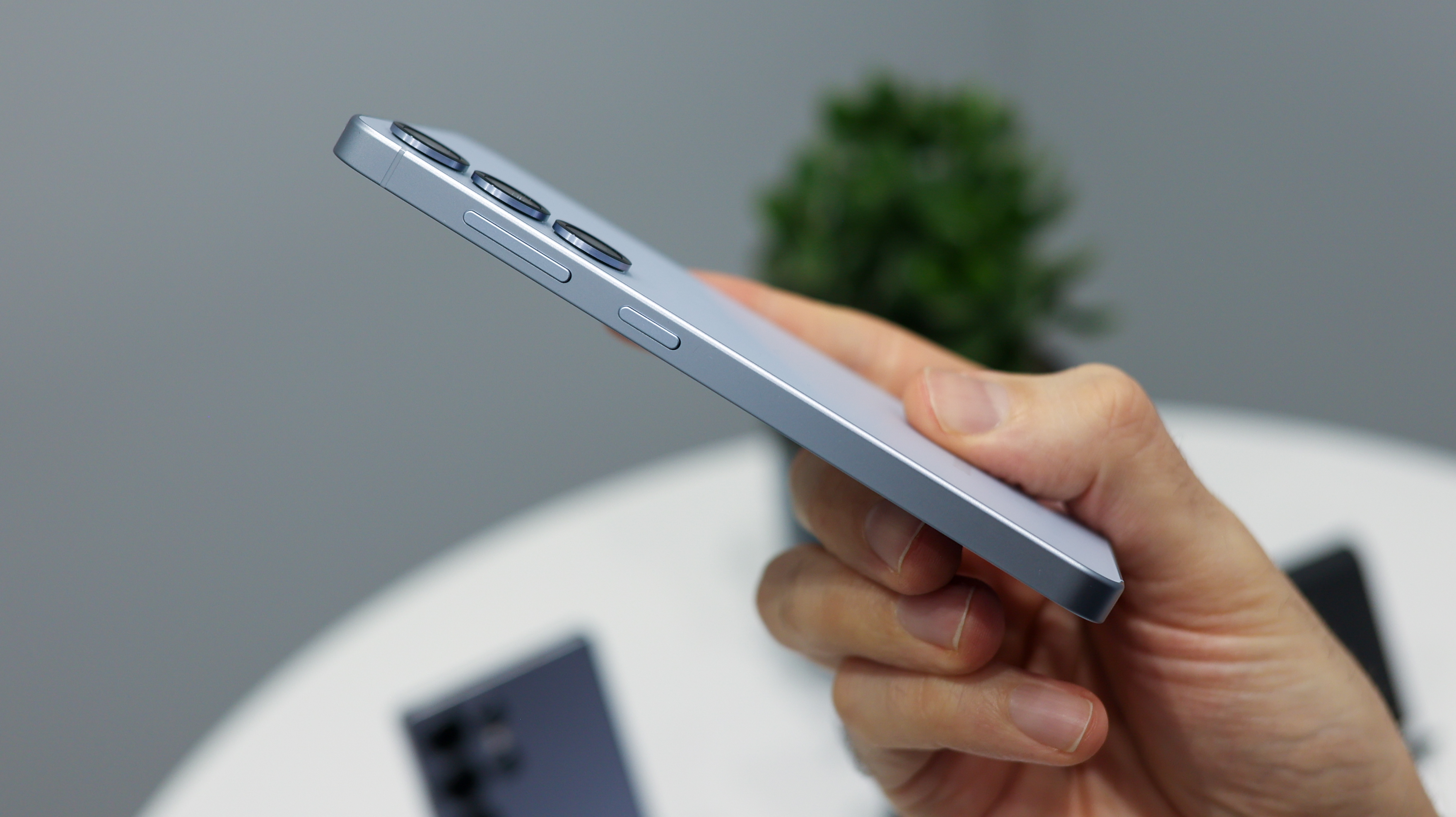
The Galaxy S25 Ultra’s quad camera is an upgrade in almost every way. The primary 200MP camera is matched with a fast f/1.7 lens, while the ultra-wide is a 50MP sensor with a fast f/1.9 aperture, and the 5x telephoto camera features a periscope structure for superior performance. In our early tests with it, we were delighted to see it does a great job of focusing relatively close-up to a subject, roughly 25cm, making it more versatile out of the gate than the 5x camera on the iPhone 16 Pro Max. The two cameras shared across all three Galaxy S25 phones are the 3x telephoto and selfie cameras.
As far as screen sizes and phone feel go, the Galaxy S25 is the compact option with a 6.2-inch display and weighing a featherweight 162g. The S25 Plus ups the screen to 6.7 inches and the weight to 190g, while the Ultra packs a huge 6.9-inch screen and weighs 218g.
It’s the S25 Ultra that’s seen the most noticeable design overhaul, ditching the sharp corners and shrinking the bezels while retaining the flat sides, front and back. It’s also the only Galaxy S25 to feature an S Pen, which pops out of the bottom, and it also has the highest capacity battery of the three at 5,000mAh.
Samsung hasn’t opted for a higher-capacity silicon-carbon battery as featured in the OnePlus 13, Oppo Find X8 Pro, and the Vivo X200 Pro, all clocking in at around 6000mAh, so it will be interesting to see whether the Ultra’s bigger screen and flagship Snapdragon 8 Elite for Galaxy power will hold it back from lasting a full day with heavy photo taking and messaging.
There’s plenty more to talk about when covering the Galaxy S25 Series, so check back for our full S25 Ultra review in the coming week.
You might also like...
If you aren’t sold on Samsung, we’ve tested all the best camera phones, best Android phones, or best iPhones to help you decide on your next upgrade.







